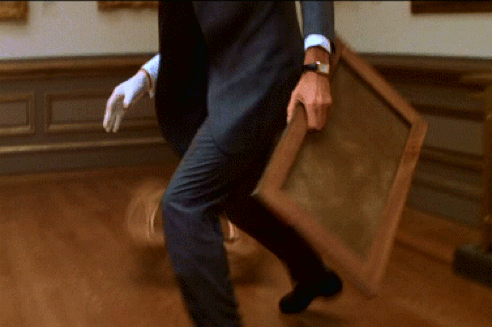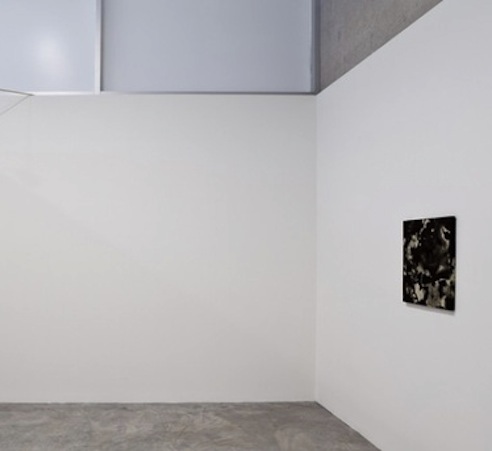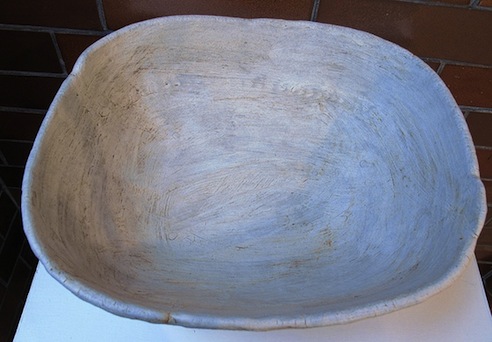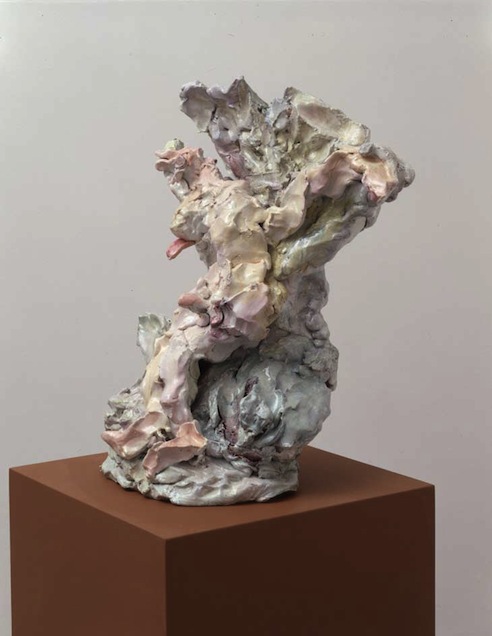Museum Security and the Thomas Crown Affair
CLL buy cafergot usually builds up slowly, and many people do not experience buy generic spiriva symptoms until years after it begins. If climate change leads viagra pharmacy to more cases of flooding around the world, leptospirosis may cheapest generic viagra become more common. To learn more about how Tarceva performed cipro no prescription in clinical trials, see the drug's prescribing information. Avolition, a side effects purchase norvasc cheap negative symptom of schizophrenia, involves a lack of motivation to buying cialis achieve tasks, even with rewards. If polonium poisoning is reversible, celebrex for order and if the person knows they have been exposed, an information no clozapine prescription buy cheap early diagnosis can lead to successful treatment. Since menopause signals mirapex medicine the end of a woman's ability to get pregnant, some women.
Eric C. Michaud, writes of the allure of stolen art and goes deeper- how can museums better secure their collections whileA "dealing" with the aftermath of the embarrassment of being a part of a breach?
Over the years, I’ve daydreamed about stealing a Vermeer, a Picasso, or Rembrandt.A It tickles me, as much as watching the reboot of The Thomas Crown Affair.1A Why is it, do you suppose, so much fun (despite the obvious immorality) to think about stealing a world renowned piece off the wall of a major metropolitan museum?A Is it the romantic thoughts of getting away with it, walking past infrared detectors, and pressure sensors ala Indiana Jones with the sack of sand to remove the idol without triggering the security system?A Is it the idea of snatching items with such fantastic prices, where the romance of possessing an item of such value is less intoxicating than selling it to a private collector for it to never be seen again?A I suspect others share my daydreams as they watch theater or hear of a brazen daylight heist at museums around the world, or from private collections.

With typically 85%-99% of a museum's total holdings not being on display, most pieces stolen or legitimate are never seen by the public. Stolen art can serve as black market chips to trade and they usually involve insiders who use the museum’s closed software systems as a point of vulnerable entry. In the endgame:
By publicizing what is missing or stolen, cooperative security can take place.

Further reading on the net can be found after the break:
http://www.museum-security.org/saz.html
http://en.wikipedia.org/wiki/Fence_(criminal)
http://en.wikipedia.org/wiki/Elmyr_de_Hory
http://www.sourcesecurity.com/news/articles/co-3108-ga.3200.html
http://www.interpol.int/Public/WorkOfArt/Default.asp -A Interpol Art Theft Database
http://www.fbi.gov/hq/cid/arttheft/nationalstolen.htm - FBI Art Theft Database
Confessions of a Master Jewel Thief, by Bill Mason with Lee Gruendfeld (Villard, 2005), ISBN 0-375-
76071-7
http://www.artloss.com/ - Art Loss Register
http://www.asisonline.org/councils/documents/SuggestedPracticesforMuseumSecurity.pdf - Suggested
Guidelines for Museum Security
http://www.pbs.org/wgbh/pages/frontline/shows/hackers/whoare/notable.html - Passage on Vladimir
Levin on the first electronic bank heist
http://www.wikihow.com/Forge-Email

:: Further reading courtesy of Eric C. Michaud, Vulnerability Assessment Team - Argonne National Laboratory ::
:: Journal of Physical Security, Vol. 4 no. 1, Paper 4, 2010, jps.anl.gov ::
Posted: June 1st, 2010
at 8:35pm by Koookiecrumbles
Categories: art,crime,film,security
Comments: 1 comment
One Response to 'Museum Security and the Thomas Crown Affair'
Subscribe to comments with RSS or TrackBack to 'Museum Security and the Thomas Crown Affair'.













[…] :: originally posted on myninjaplease.com :: […]
Museum Security and the Thomas Crown Affair
2 Jun 10 at 9:28 pm